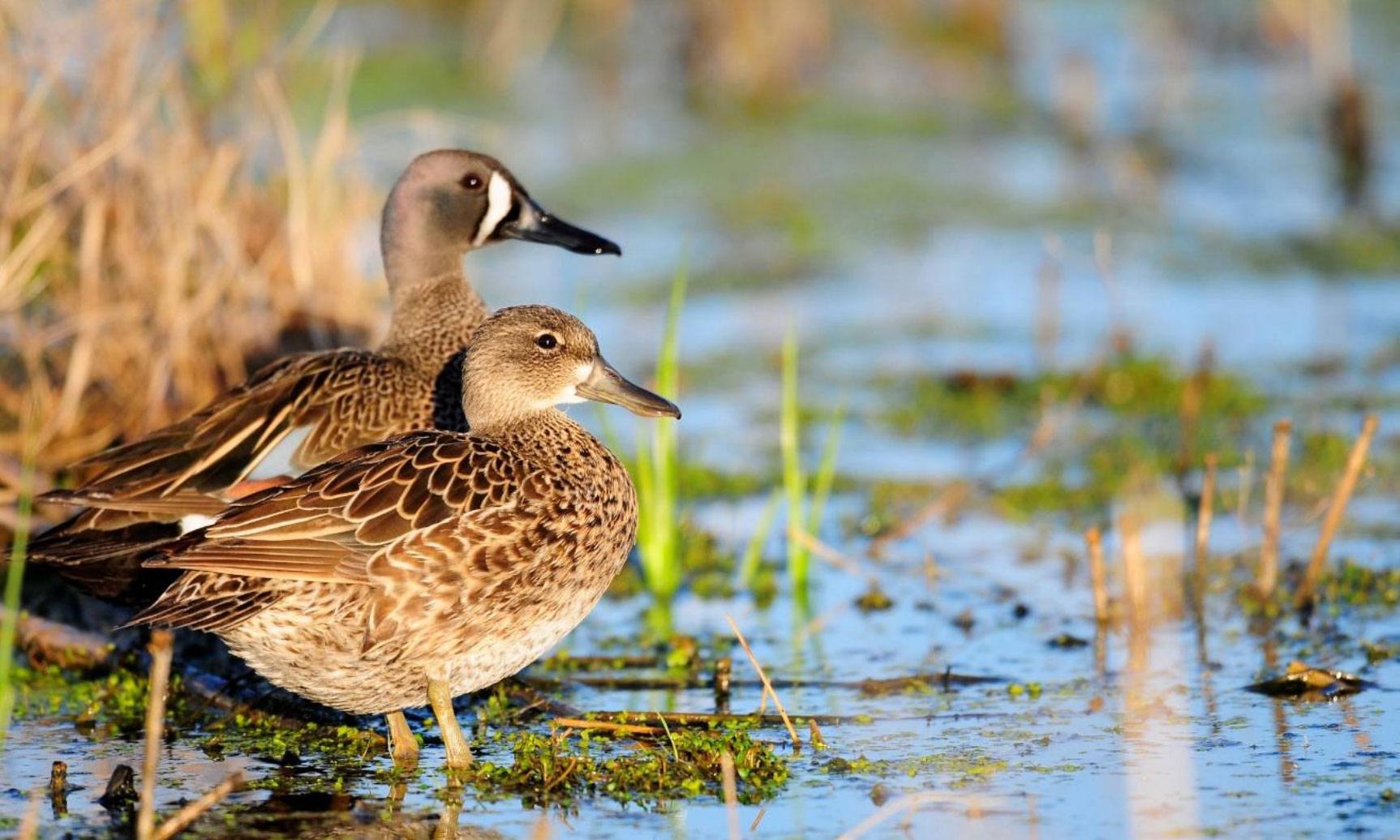Staff Lead: Andy Gilbert
Emiquon Preserve—a 7,000-acre drainage and levee district adjacent to the Illinois River near Havana, IL—was acquired by The Nature Conservancy in 2000. The property is home to Thompson and Flag lakes, which historically were two of the most productive lakes in the Illinois River valley; however, they were drained and used for agricultural production for approximately 70 years. The Nature Conservancy has since restored the historic lake basins of Thompson and Flag lakes.
As water and wildlife return to the property, Forbes Biological Station researchers will monitor waterbird use and changes in habitat characteristics. To accomplish this, we’ve conducted ground and aerial surveys of waterfowl and other waterbirds during spring and fall migrations, summer brood monitoring, aquatic invertebrate monitoring during brood rearing, an annual evaluation of moist-soil plant seed production in fall, and wetland habitat mapping to document annual changes in habitat quality and diversity as the site develops. Monitoring began in fall 2007, and waterfowl have responded favorably to the restoration. Peak fall abundance has topped 90,000 waterfowl and peak spring abundance has exceeded 119,000 comprised of 20 duck, 3 goose, and 3 swan species. Additionally, 23 species of non-waterfowl avifauna have been observed at the preserve. Habitat monitoring and mapping has revealed significant growth in wetland area at the Emiquon Preserve from 630 acres in 2007 to a peak of 4,747 wetland acres in 2010.

